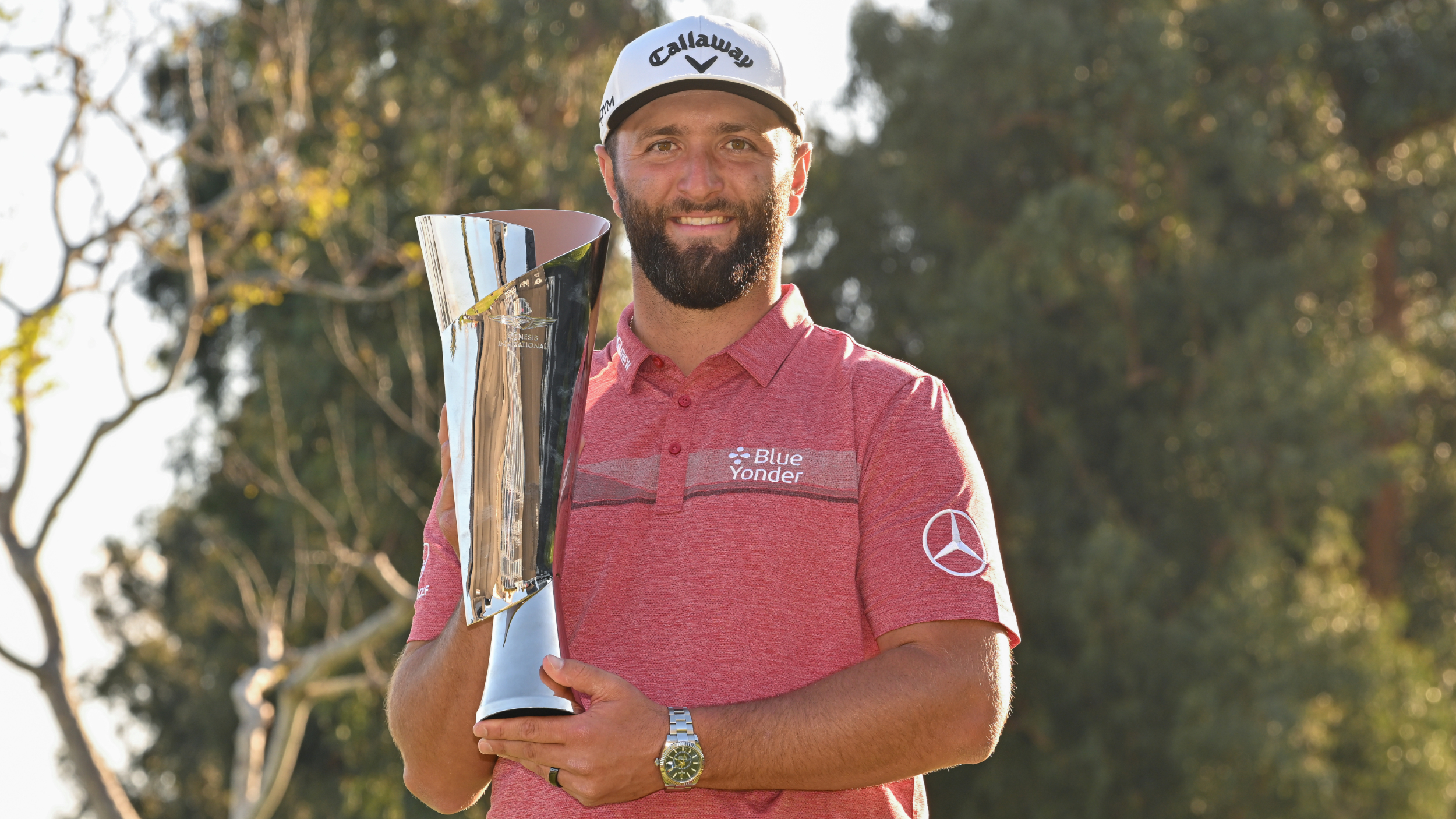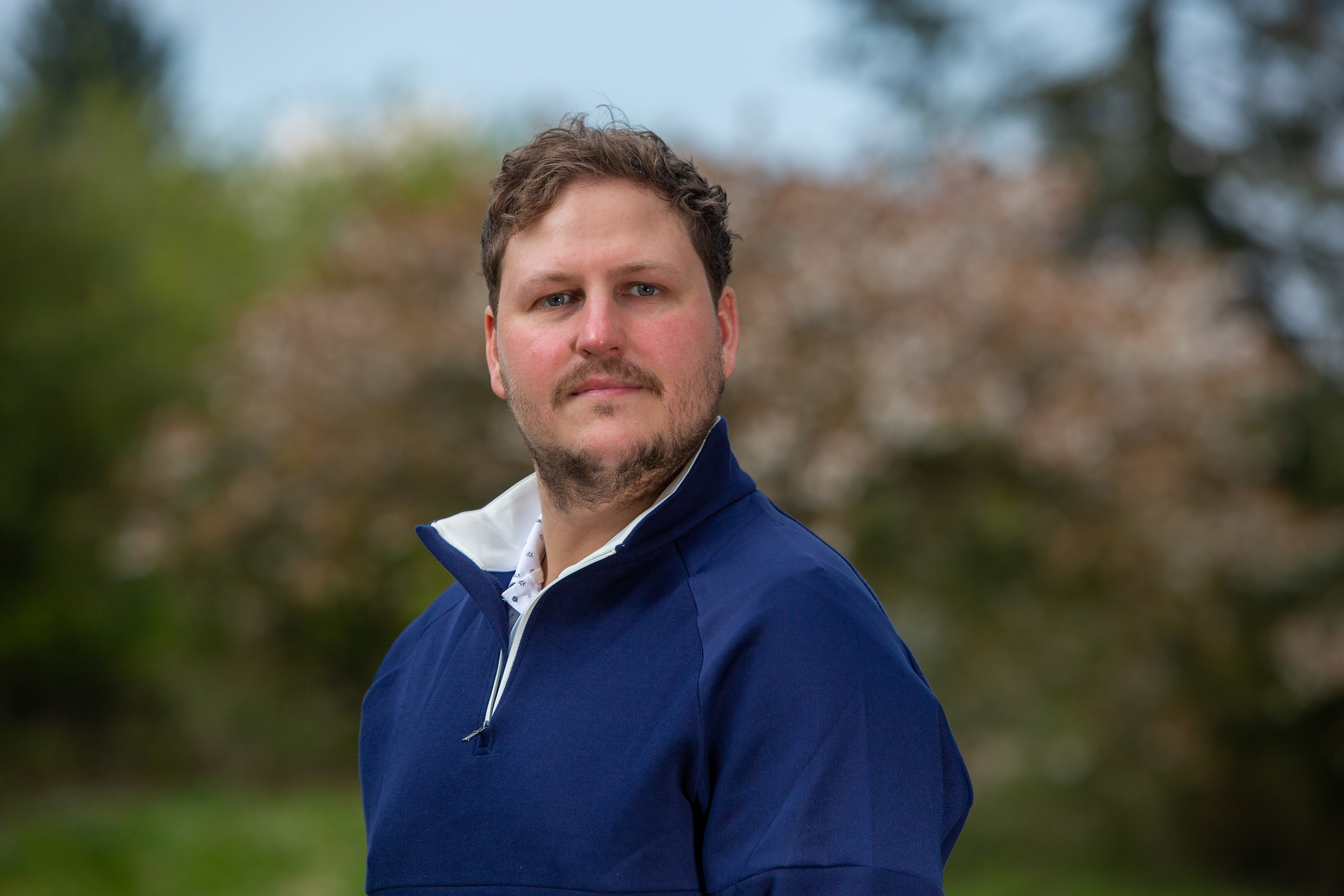'The PGA Tour Copying LIV Golf's Blueprint Is Bewildering'
Nick Bonfield has his say on the new limited-field, no-cut events coming to the PGA Tour next year...


“It certainly feels like the era of the ‘cut’ might be over forever” were the remarks of a prominent DP World Tour player in response to news that the PGA Tour is to roll out a series of limited-field, no-cut ‘designated’ events from the 2024 season.
There have been some worrying developments in the world of professional golf over the last 18 months, but this feels like a potentially seismic change.
On the surface, it might not seem overly significant – we’ve had limited-field events before in the shape of the WGCs and the FedExCup Playoffs restrict numbers, after all. But this proposal would effectively create a two-tour system within golf’s biggest professional circuit, ensuring the game’s best players barely have to play in non-Major cut events if they don’t want to.
And why would they want to? Fewer events with higher purses and a better chance of winning sounds fairly appealing, doesn’t it? It also sounds exactly like a rival tour whose inauguration has caused so much consternation and changed the landscape of men’s professional golf forever.
On Wednesday, PGA Tour commissioner Jay Monahan announced 12 designated events would be introduced from the 2024 season. It’s not a closed ecosystem that only benefits the stars, though draw your own conclusions about the genesis of a series of 70- to 78-player events with massive purses. Mini point lists from clusters of regular events determine the second-tier players who qualify for the elevated tournaments – the idea is that three regular events are followed by two elevated events.
In terms of how the 70-78 players will be selected, it’s the top 50 on the previous season’s FedExCup points list, the top ten not otherwise qualified from the current FedExCup points list, five players not otherwise qualified who earn the most points in each “collection” of regular events, PGA Tour members in the world’s top 30 and four sponsors invites.

Rory McIlroy has admitted that LIV exposed some weaknesses in the PGA Tour's framework
Those in favour will argue it looks after the best players while providing opportunities for lesser lights who typically draw less fanfare. Those opposed will say it’s the start of a top-heavy system that makes the rich even richer, both in terms of remuneration and opportunity. The argument trotted out at various press conferences was that it guarantees top players will be there for all four days, thereby increasing excitement. How is it exciting to watch anyone 15 shots off the lead and why does limiting the field enhance that?
Subscribe to the Golf Monthly newsletter to stay up to date with all the latest tour news, equipment news, reviews, head-to-heads and buyer’s guides from our team of experienced experts.
One of the reasons professional golf is so riveting is the prospect of a journeyman or relatively unknown name playing themselves into contention. In theory, this will still be possible, but to an ever-decreasing extent.
If the top players qualify for the events with the biggest prize pools, world ranking points and FedExCup points, and qualification for said tournaments is largely dictated by FedExCup position, it’s unequivocally a structure designed to please top players while marginalising the others. Aside from homogenisation being thoroughly undesirable in golf, it’s hard to see how this set-up is beneficial for the long-term health of the game.
Will the quality of the overall product decline when exempt players can coast to a giant payday? Will ‘outsider’ motivation decrease because the odds of a permanent seat at the top table are stacked against them? The early data also suggests playing in limited-field events with no cuts isn’t conducive to good performances in the Majors.
Of course, many of these criticisms are the same as those levelled at LIV Golf. The PGA Tour had to respond to the threat of the rival circuit, and a series of ‘elevated’ events with higher prize pools and guaranteed top-player attendance made sense.

The recent Genesis Invitational, won by Jon Rahm, was a glowing success
The Genesis Invitational and WM Phoenix Open offered proof of concept, but the decision to unnecessarily take things a step further reeks of the avaricious stench that’s engulfing professional golf right now. The PGA Tour fighting LIV in the courts while simultaneously copying elements of the Saudi-backed-tour’s blueprint is bewildering.
And last, we come to the DP World Tour (DPWT) and its Strategic Alliance with the PGA Tour, which is perhaps fitting given the European circuit seems to have become an afterthought. At what point will questions be answered about how exactly the alliance is helping the DPWT? None of the world’s top players can feasibly compete in even ten events on the circuit given their PGA Tour commitments. And how is giving the DPWT’s top players cards for the PGA Tour going to boost the long-term health of the organisation?
With the PGA Tour now essentially a two-tier circuit, it seems the DPWT has been relegated to the third rung. The sad thing is we’re in this position despite Keith Pelley doing an excellent job in very difficult circumstances.
The PGA Tour adding some no-cut events to its schedule from 2024 is a decision that could have significant repercussions for the global game. The bedrock of men’s professional golf is being irreparably eroded, and when we pause to analyse what’s left some way down the line, we might not like what we see.

Nick Bonfield joined Golf Monthly in 2012 after graduating from Exeter University and earning an NCTJ-accredited journalism diploma from News Associates in Wimbledon. He is responsible for managing production of the magazine, sub-editing, writing, commissioning and coordinating all features across print and online. Most of his online work is opinion-based and typically centres around the Majors and significant events in the global golfing calendar. Nick has been an avid golf fan since the age of ten and became obsessed with the professional game after watching Mike Weir and Shaun Micheel win The Masters and PGA Championship respectively in 2003. In his time with Golf Monthly, he's interviewed the likes of Rory McIlroy, Justin Rose, Jose Maria Olazabal, Henrik Stenson, Padraig Harrington, Lee Westwood and Billy Horschel and has ghost-written columns for Westwood, Wayne Riley, Matthew Southgate, Chris Wood and Eddie Pepperell. Nick is a 12-handicap golfer and his favourite courses include Old Head, Sunningdale New, Penha Longha, Valderrama and Bearwood Lakes. If you have a feature pitch for Nick, please email nick.bonfield@futurenet.com with 'Pitch' in the subject line. Nick is currently playing: Driver: TaylorMade M1 Fairway wood: TaylorMade RBZ Stage 2 Hybrid: Ping Crossover Irons (4-9): Nike Vapor Speed Wedges: Cleveland CBX Full Face, 56˚, Titleist Vokey SM4, 60˚ Putter: testing in progress! Ball: TaylorMade TP5x